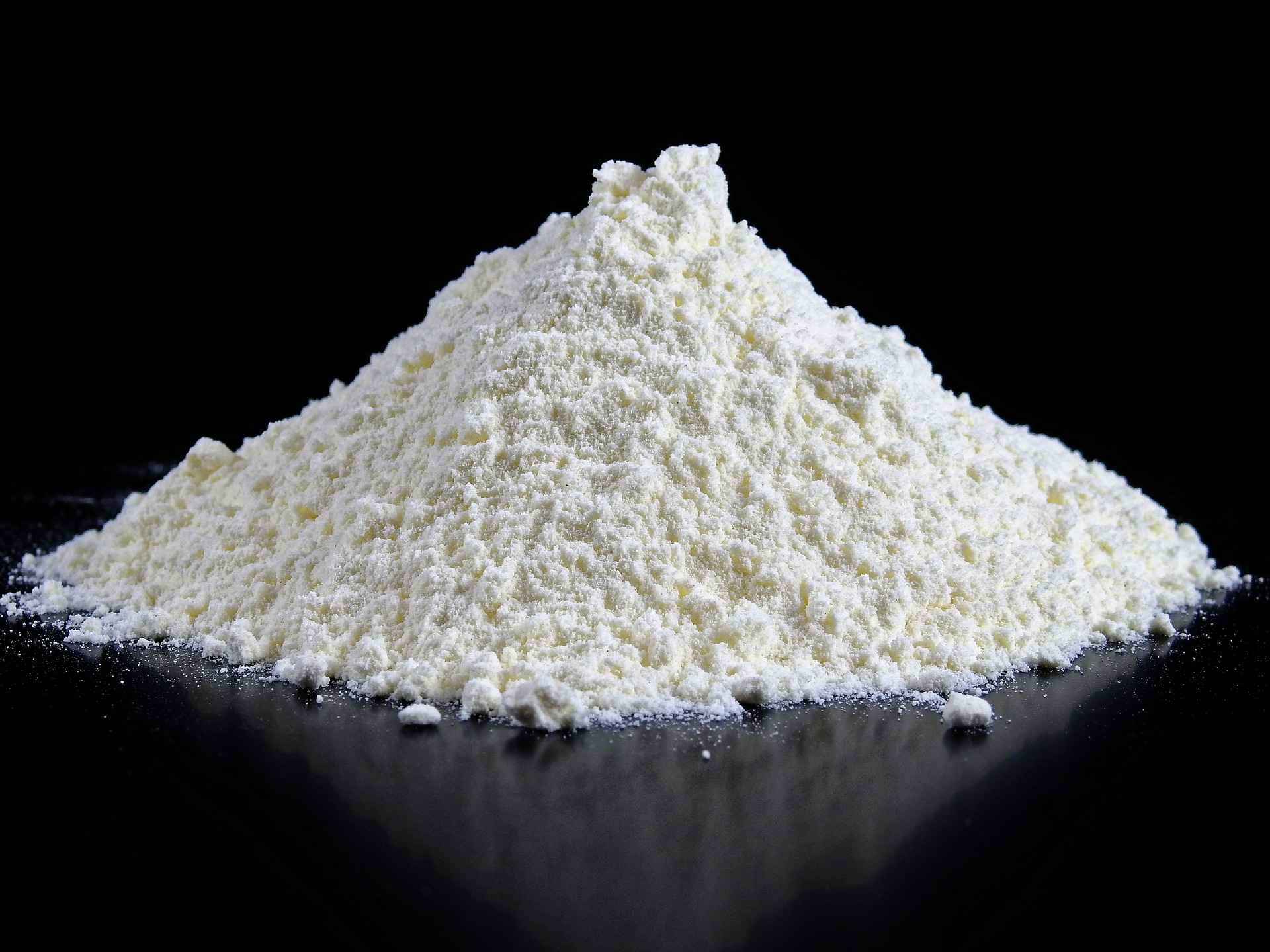
Thermally Treated Flours
These flours have the advantage of altering their functionality or enhancing certain characteristics without the need for declaration on the labelling, as they are produced through physical modifications. Thus, they do not provide competitors with clues to copy or imitate the products in which they are incorporated.
Grains can undergo thermal treatment before milling to modify the properties of the flours. Similarly, the flours themselves can also be thermally treated. The properties of the resulting flours depend on the intensity of the thermal treatment (temperature and time) and the prior hydration of the grain components.
One of the main reasons for performing these thermal treatments is the reduction of microbial load and enzyme inactivation. Generally, adequately treated grains and flours meet the microbial contamination limits set by various countries. However, some companies, such as those producing infant products, have stricter standards. Although good hygiene practices can achieve the contamination levels required by these companies, thermal treatment can help to achieve these levels.
Grains and flours also contain various enzymes, to a greater or lesser extent. These enzymes are mostly hydrolytic, helping to break down certain grain components like starch (amylases), proteins (proteases), and others. Thermal treatments can inactivate these enzymes, preventing the breakdown of these components upon hydration. Thus, with certain thermal treatments, the thickening power of the flours can be improved since starch, the main agent responsible for this property, will not be hydrolysed by the action of amylases.
The presence of lipases and lipoxygenases, responsible for the rancidity of fats, is of particular importance. Generally, flours derived from the endosperm of most cereals, pseudocereals, and legumes do not have a high lipid content, and the risks of rancidity are minimal. However, the outer parts of the grain (bran and germ) of most cereals, as well as the endosperm of oats, contain appreciable amounts of lipids and tend to become rancid easily. To increase their shelf life, it may be beneficial to thermally treat them to inactivate lipases and lipoxygenases. This is almost necessary in the case of oats and the germ of most grains, as otherwise, rancidity can spoil the flours very quickly. For whole grain flours, the entire grain or flour can be thermally treated, or just the outer parts (germ, or germ and bran) can be treated, to then incorporate them into white flours.
It should be noted that thermal treatments denature proteins and change their properties. This is especially important in the case of wheat, where gluten proteins play an essential role in processes such as bread making, pizza dough preparation, and pastry products. Therefore, if the grains or flours undergo sufficient thermal treatment, although their microbial load and enzymes can be reduced, their quality for processes requiring gluten network formation would also decrease.
In general, to achieve the effects mentioned so far, companies can use simple roasters or equipment that subjects the grain or flour to steam treatment.
In some cases, the aim of thermal treatments is to gelatinise the starch. For this, hydrothermal treatments are necessary. Starch needs to be hydrated prior to increasing its temperature to gelatinise. Once hydrated, and as it heats up, the starch granule swells, increasing the viscosity of the medium it is in. When maximum viscosity is reached, the granule begins to disintegrate, and its viscosity decreases. If the treatment can control this process and achieve a process where maximum viscosity is reached without disintegrating the granules, flours with high water absorption capacity and high cold-thickening power can be obtained. Conversely, if the process falls short, or the starch granule disintegrates due to excessive thermal treatment or other process conditions, the water absorption capacity of the obtained flours and their cold-thickening power will be reduced, although it will still be higher than that of traditional flours.
Two systems are commonly used to produce these types of flours. The first involves a slurry of flour and excess water. This slurry is dried using drum dryers to obtain the final flour. The second system is based on extrusion. With this system, by adjusting the processing parameters, it is possible to achieve heating without hydration, or at least without sufficient hydration to gelatinise the starch, or a hydrothermal treatment capable of gelatinising the starch. In this case, drying is achieved at the extruder’s exit, by evaporating the water inside the extruder at temperatures above 100°C in the liquid state (due to higher pressure inside the extruder). The product exiting the extruder must be ground and subsequently dried to achieve the necessary moisture content for a proper shelf life (below 15%).
The properties of pre-gelatinised flours are comparable to those of some hydrocolloids, making their uses similar. They can be incorporated into bakery doughs in small quantities to increase hydration. They can also be used to replace oil in products like cakes, as they can retain water and provide moisture to the final product. They are also widely used in batter preparation, as the changes in the starch generate stickier batters that adhere better to products. Additionally, they can be used in mixes to prepare cold products such as creams or purees. In this process, the starch granules break down, making them more accessible to amylase attack, and the components of this reaction can serve as nutrients for various microorganisms, which can be utilised in fermentation processes.